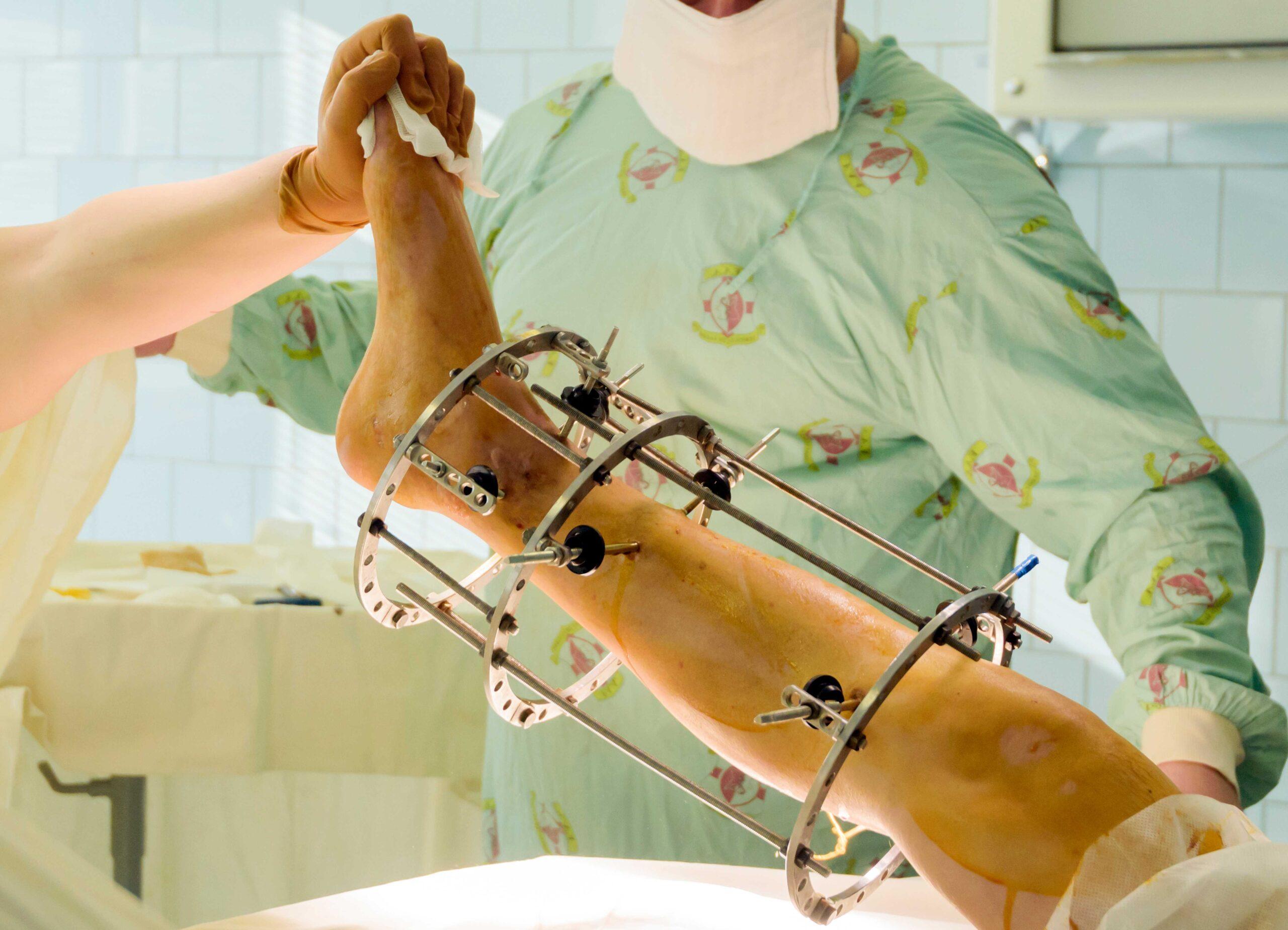Height Lengthening Surgery Costs; Are you unhappy with your height? Do you feel self-conscious and insecure because of your stature? If so, you may have considered height lengthening surgery as a solution. But before you make any final decisions, you should learn about the procedure’s expenses and payment options.
In this ultimate guide, we’ll break down everything you need to know about the expenses of height-lengthening surgery, from the initial consultation to post-operative care. We’ll also explore various financing options, including insurance coverage, payment plans, and medical loans.
With this comprehensive guide, you can make an informed decision about whether height-lengthening surgery is right for you and how to finance it. So, let’s dive in and get started on your journey towards a taller, more confident you.
What Factors Determine the Cost of Height Lengthening Surgery?
Height lengthening surgery is a complex and expensive procedure that involves breaking and lengthening bones in the legs. The cost of this surgery can vary widely depending on several factors, including the location of the surgeon, the type of procedure used, and the extent of the surgery required.
Firstly, the location of the surgeon can play a significant role in the cost of the surgery. In countries like the United States, where healthcare costs are generally higher, height-lengthening surgery can range from $75,000 to $100,000 or more. However, the same surgery can be performed in countries like India or Turkey for a fraction of the cost, with prices starting at $25,000.
Secondly, the type of procedure used can also impact the cost of height lengthening surgery. There are two main types of height lengthening surgery: the Ilizarov method and the PRECICE technique. The Ilizarov method involves using an external fixator device to gradually lengthen the bone over several months, while the PRECICE technique involves using an internal telescopic rod implanted into the bone and lengthened using a remote control. The PRECICE technique is generally more expensive than the Ilizarov method, ranging from $85,000 to $120,000.
Lastly, the extent of the surgery required can also affect the cost of height lengthening surgery. If only one leg needs to be lengthened, the cost will be less than if both legs require surgery. Additionally, if the patient requires additional procedures, such as bone grafting or physical therapy, the cost of the surgery will increase.
The Different Types of Height-Lengthening Surgery
As mentioned earlier, there are two main types of height lengthening surgery: the Ilizarov method and the PRECICE technique. The Ilizarov method involves using an external fixator device to lengthen the bone over several months gradually. During the surgery, the surgeon will create an incision in the bone and attach metal rings to the leg using wires and screws.
The rings are then connected to the external fixator device, which slowly and gradually pulls the bone apart. This process stimulates new bone growth and lengthens the bone over time.
The PRECICE technique, on the other hand, involves using an internal telescopic rod implanted into the bone and lengthened using a remote control. During the surgery, the surgeon will create an incision in the bone and insert the rod through the bone marrow.
The rod is then secured with screws and a remote control device is used to lengthen the rod over time. This technique is less invasive than the Ilizarov method and allows quicker recovery.
Both methods have advantages and disadvantages, and the choice of which method to use will depend on the individual patient’s needs and preferences.
The Average Cost of Height Lengthening Surgery in Different Countries
The cost of height lengthening surgery can vary widely depending on the surgeon’s location. In the United States, the surgery cost can range from $75,000 to $100,000 or more. However, the same surgery can be performed in countries like India or Turkey for a fraction of the cost, with prices starting at $25,000.
In India, the cost of height-lengthening surgery ranges from $25,000 to $40,000, while in Turkey, the cost ranges from $30,000 to $50,000. Both countries have highly skilled surgeons and modern medical facilities, making them popular destinations for medical tourism.
It’s important to note that the lower surgery cost in these countries does not necessarily mean lower quality. Many of these surgeons have trained in the United States or Europe and have extensive experience performing height lengthening surgery.
Financing Options for Height Lengthening Surgery
The upfront expense of a height-lengthening procedure can be prohibitive for many potential patients. Fortunately, several financing options are available that can help make the surgery more affordable.
One option is insurance coverage. Although height-increasing surgery is often not covered by insurance because of its cosmetic nature, some policies may provide coverage if the patient meets specific criteria. For example, if the patient has a medical condition that affects their height or causes pain and discomfort, insurance may cover the cost of the surgery.
Another option is to finance the surgery through a payment plan. Many surgeons offer payment plans that allow patients to pay for the surgery in installments over a period of time. This can make the surgery cost more manageable for patients who cannot afford to pay upfront.
Lastly, medical loans are another financing option for height lengthening surgery. These loans were created to help people pay for medical operations, so you can use them to get the surgery you need. Medical loans typically have lower interest rates than credit cards and can be paid off over a longer period of time.

Insurance Coverage for Height Lengthening Surgery
As mentioned earlier, height lengthening surgery is considered a cosmetic procedure and is not typically covered by insurance. However, there are some cases in which insurance may cover the cost of the surgery.
Insurance may pay surgery if the patient has a medical condition that affects height or causes pain and suffering. Insurance may fund surgery for achondroplasia, a kind of dwarfism that produces short limbs and legs.
Check with your insurer to see if they cover height-lengthening procedures. If insurance does not cover the surgery’s cost, other financing options are available, such as payment plans and medical loans.
Finding the Right Height Lengthening Surgeon
Finding the right height lengthening surgeon is crucial to the success of the surgery. It’s crucial to pick a height-lengthening surgeon with a proven track record.
Ask your primary care physician or friends and relatives who have had the operation for referrals. You can also search online for surgeons specializing in height lengthening surgery and read reviews from previous patients.
When choosing a surgeon, it’s important to ask about their experience, success rate, and approach to the surgery. You should also ask about the cost of the surgery and any financing options that may be available.
Tips for Saving Money on Height Lengthening Surgery
While height lengthening surgery is an expensive procedure, there are ways to save money and make the surgery more affordable. One way to save money is to consider having the surgery done in a country with lower healthcare costs, such as India or Turkey.
Another way to save money is to choose the Ilizarov method over the PRECICE technique. While the Ilizarov method takes longer and requires more post-operative care, it is generally less expensive than the PRECICE technique.
Lastly, it’s important to choose a surgeon who offers payment plans or financing options. Many surgeons offer payment plans that allow patients to pay for the surgery in installments over a period of time, making the cost more manageable.
Risks and Complications of Height Lengthening Surgery
Like any surgery, height lengthening surgery carries risks and potential complications. The most common risks include infection, bleeding, nerve damage, and bone fracture. Additionally, there is a risk of the bone not healing properly, resulting in deformity or shortening of the leg.
It’s important to discuss these risks with your surgeon before surgery and to follow all post-operative care instructions carefully to minimize the risk of complications.
Height lengthening surgery is expensive and complex and requires careful consideration and planning. By understanding the costs and financing options associated with the surgery, as well as the different types of procedures and potential risks, you can make an informed decision about whether the surgery is right for you.
